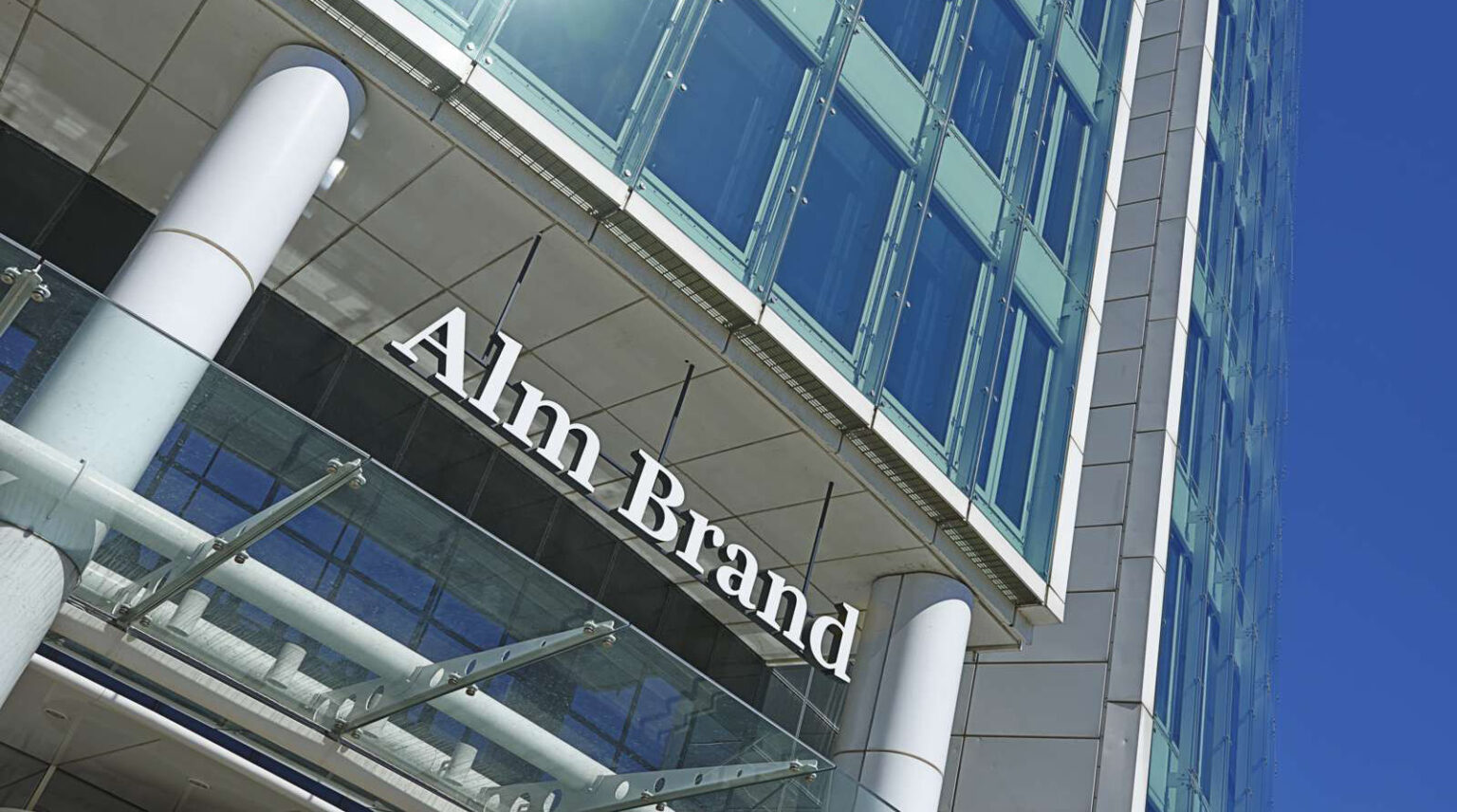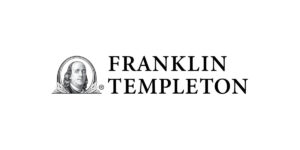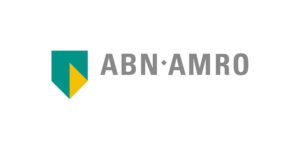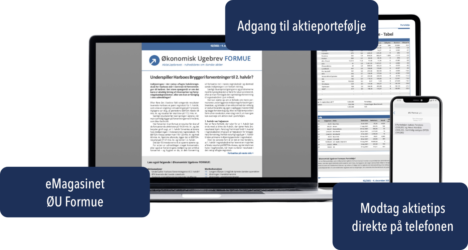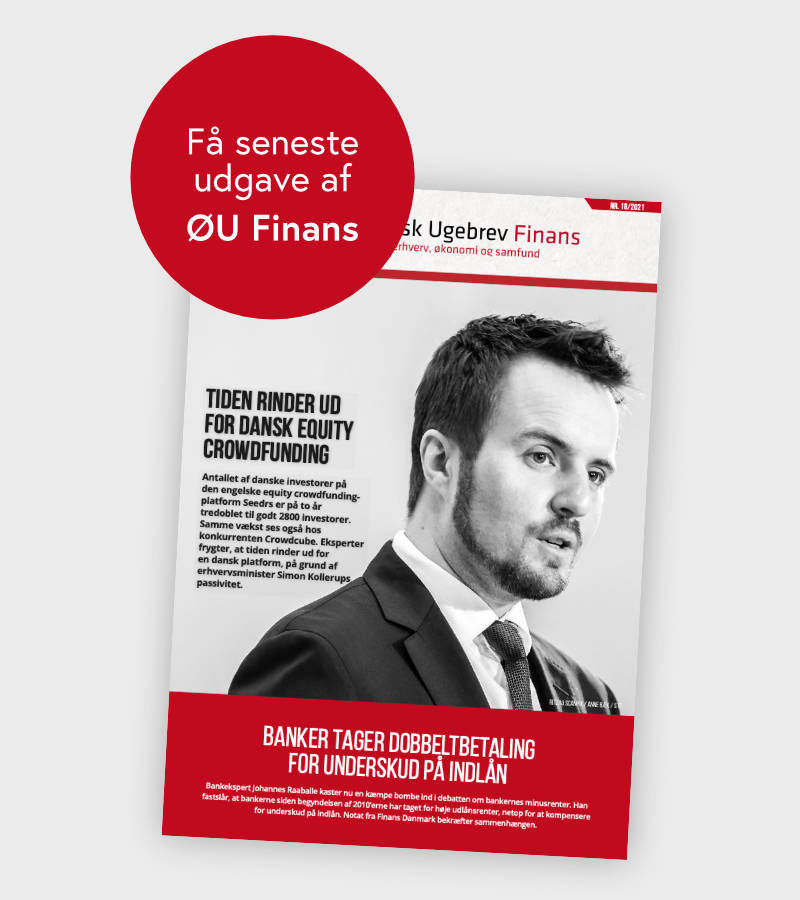Få fri adgang til alle lukkede artikler på ugebrev.dk hele sommerferien:
Tilmeld dig tre udgaver gratis af aktieanalysepublikationen ØU Formue, der udkommer igen til august
Transcript fra Alm. Brand Q2 investormøde
Hello, everyone, and welcome to today’s Alm. Brand Q2 2025 Conference Call. My name is Seb, and I’ll be your operator for the call today. [Operator Instructions]
I will now hand the floor to Rasmus Werner Nielsen, CEO, to begin. Please go ahead.
Yes. Thank you. Good morning, and thank you for joining us on our conference call. I am Rasmus Werner Nielsen. As usual, I have with me today, our CFO, Andreas Ruben Madsen, and the head of our IR team, Mads Thinggaard. This morning, we published our interim report for the second quarter. And as usual, I will walk you through the operating highlights, and then Andreas will comment on the financials.
Please turn to Slide 2. I’m pleased with the overall financial performance in a satisfactory Q2 with good cost control leading to a significant drop in the expected ratio year-on-year, while the underlying loss ratio is strongly improving, helped by synergies and price adjustments.
Organic growth of about 8% in Q2 is very satisfactory as well. We reached an insurance revenue growth of 11% in the Personal Lines, which implies we are taking quite a bit of market share with our strong bank partnerships as a driver while price adjustments are kicking as well. Synergies are materializing just as you plan and currently we see good momentum for claims as well as cost synergies. Adjusted for a significantly lower discounting effect on claims we reached an improvement in the underlying loss ratio of about 5 percentage points.
And now I’ll turn to Slide 3 with our financial highlights. Insurance revenue grew to about DKK 2.9 billion in the quarter with a very satisfactory growth in Personal Lines, as mentioned before. The [ taking ] care result was DKK 520 million compared to DKK 312 million last year. We view this as a healthy improvement supported by a strong underlying development and good cost control. We see a clear path towards reaching our strategic target of a technical result in ’25 of DKK 1.85 billion. Investment income in Q2 was a very satisfactory profit of DKK 102 million, which were primarily driven by a positive result in the free portfolio.
Now I’ll turn to Slide 4 and 5. Both slides illustrate that we have had major claims below our normal level in 9 out of the last 10 quarters, with Q2 last year being the 1 quarter above the normal level. On a crude level, we had major claims of just 4.8% on average during the last 10 quarters compared to our normal expected level of 7%. Despite some volatility between the quarters, we feel we are in a better overall position in our continuing business following the divestment of Energy & Marine. However, we will continue to work with a further reduction of the volatility in major claims.
And now let us continue on Slide 7. The group made it take into a result of DKK 520 million in the quarter, up from DKK 312 million due to synergies for growth and profitability improvements. The insurance services results for Commercial Lines was DKK 234 million against DKK 36 million last year, in which Commercial Lines was impacted by very large major claims as well as underlying losses above normal.
In Personal Lines, we had a small increase in insurance service results to DKK 286 million from DKK 276 million last year with good underlying improvements countering much lower run-off gains. So even though the insurance service result was just a bit higher this year, the quality was much better.
Please turn to Slide 8. Insurance revenue grew strongly by 8.3% in the quarter compared to 5.2% last quarter. I would say overall payment growth is very satisfactory with accelerating strong momentum. In Personal Lines, we are clearly taking market share on top of [ indication ] and the price increases we have implemented. We do consider 11% growth in Personal Lines and [ very ] price for us in our report. In Commercial Lines, we see a rebound in the premium growth to 5.3% despite a drag from the repricing efforts we are undertaking among our largest clients, especially in relation to unprofitable stand-alone workers’ compensation.
And moving on to Slide 9 and the claims ratio. The Q2 claims ratio was down 490 basis points year-on-year in a quarter with lower major claims but also a bit higher weather-related claims than in Q2 last year as well as lower run-off gains this year. Reinstatement premium paid to our reinsurance related to the Mexico case was a drag as well. The underlying claims ratio was 420 basis points better year-on-year, especially driven by Commercial Lines.
Moving to an undiscounted basis. We see a 520 basis point improvement in the underlying claims year-on-year. Commercial Lines stands out with around 750 basis point improvement in the underlying undiscounted came year-on-year, while Personal Lines improved by around 300 basis points.
And now please turn to Slide 10. The combined ratio in Personal Lines increased to 81.6 from 80.2 last year due to 160 basis point run-off gains in the quarter compared to run-off gains of 530 basis points last year, as well as higher weather-related claims this year. The cost ratio and underlying losses improved nicely. As I said before, the quality is getting much better as premium adjustments are helping the cost ratio as well as the underlying loss ratio. We are seeing motor frequency starting to drop and a continuing increase in the average motor repair costs. In total, we see a bit of stabilization in the overall motor claims experience.
Please turn to Slide 11 and the Commercial Lines. Commercial Lines, we see a significant decrease in the combined ratio to 83.2 this year from 97.3 last year. The massive drop is due to a combination of major claims coming down from a very high level last year, while the underlying loss ratio is improving significantly as well. The cost ratio dropped 0.8 percentage points, while synergies and cost initiatives take in. On the other hand, lower discounting effects make a significant headwind for the combined ratio in Commercial Lines this year.
And with these comments, I will now hand over the word to Andreas, who will walk us through the synergies, investments and the guidance.
Thank you, Rasmus. Now please turn to Slide 13 for an update on the synergies. We had a nice jump in harvested synergies in Q2, ’25 million to DKK 151 million from DKK 106 million in Q2 ’24. This implies a DKK 45 million uptick in synergies year-on-year, improving our underlying claims ratio with 0.7 percentage points, and our cost ratio with 0.8 percentage points year-on-year. The synergy uptick is currently quite balanced between the cost side and the claim side. We remain confident that the synergies for the full year will add up to the DKK 600 million we have stated.
Now I move to Slide 14 and the investment results. The investment result was very satisfactory profit of DKK 102 million, primarily driven by a positive return from our free portfolio in combination with the profit from our match portfolio, which was helped by the VA component that we can’t hedge. Return on bonds and equity was the key drivers for the strong results.
Finally, please turn to Slide 16 for the outlook for 2025, which we update today. We upgraded our guidance for the insurance services result in ’25 by DKK 50 million to DKK 1.6 billion to DKK 1.8 billion. This is due to the realized run-off gains in Q2. The cost ratio is unchanged at 17% for ’25, while the combined ratio, excluding the run-off result in the second half of ’25 is expected to be 84.5 to 86.5. An improvement of 50 basis points, again, due to the run-off gains in Q2.
The guidance includes synergies of DKK 600 million and the effect of implemented pricing efforts in commercial as well as personal lines. We upgraded the guidance for the investment result in ’25 by DKK 50 million to DKK 250 million, while the guidance for other income and expenses of minus DKK 125 million remains unchanged for now.
Consequently, group profit, excluding special costs is expected to be DKK 1.73 billion to DKK 1.9 billion before tax, excluding run-off gains for the second half of ’25. In addition, the guide for unchanged restructuring costs of DKK 175 million, of which DKK 25 million relates to the separation of our Energy & Marine business, while we expect depreciation on intangible assets to affect the income statement by approximately DKK 335 million for 2025.
And with this, I conclude our presentation and hand over the word to our moderator.
[Operator Instructions] First question here is from Asbjørn Mørk from Danske Bank.
Congratulations on the strong numbers. Just one question on your ’25 guidance. So the — so of the DKK 1.7 billion [ midrange ]. And I guess the sort of like run-off gains second half of the year, DKK 120 million-ish brings us to DKK [ 182 ] million. So a little bit short of the [ 1,85 ]0 official target. Is that the reinstatement premium from Mexico that is sort of the issue here? Or is there anything else we should be aware of, I guess, the strong development in the first half of the year should have had a sort of a positive impact here, but just a little bit curious on what could be there?
Yes. Thank you, Asbjørn. I’ll try to add to that. I think the [ Canada ], you’re right. I would, however, say that – I mean, we guide for sort of round numbers here, 1.7 being a round number. I think it fully is in line with an overall expectation of the 1,850, including a normalized run-off. So I wouldn’t read too much into that.
Okay. Fair enough. Then on the growth side, First, if you could sort of split the 11% growth in private into what sort of is repricing, what is [ private saking ] and what is the underlying growth in your traditional brands, sort of rough split there would be nice.
Yes, I can try to do that. Well, 11%, we’re very, very satisfied with that. That’s an impressive number. We also believe we do have — had to do so in rough numbers, I would put around 3% coming from indexation and then I would say, around 4% this time is from the pricing strategy. And the reason for that being quite high this time is also that for this quarter now, have seen the effect of repricing of our travel insurance portfolio, where we’ve had some big changes going into Q2.
And that actually accounts for roughly around 2 percentage points just for that. So that’s why we are high on the pricing effect this time around. And then the rest, around 4%, we would consider market shares gained A lot of that is also from banking partners, but we also have a good momentum in the other brands. But still, I would say it’s true that we have a strong momentum, especially coming from the banking partners.
All right. That’s very helpful. Then on the corporate, the [ Abel ] sickling that was sort of launched a few years ago and we haven’t had that much since. Is that one of the drivers as well for your growth in the sort of the corporate space or commercial space? Or is there sort of a potential here that we should maybe factor into our models going forward?
Yes. To take commercial lines were just above 5%, closer to what we would consider, let’s say, a normalized growth rate, also with the price and indexation we have in the numbers. Not a lot of market shares being had there. It’s mostly indexation and price. About [ cycling ] specifically does not really impact the numbers. It is still, I would say, something where we have yet to tap into the potential. It doesn’t amount that much in the total group numbers for now.
And how come cycling is not really delivering anything? Or is that maybe something you’ll come back to in — on the 18th of November?
Well, I think I could start just with some brief comments around it. I think [ buses ] also quite new. You could look at [ preventing ] that has been — the private Personal Lines part of cycling is a long-standing motor been running now for 25 years where minivan Group has sort of revitalize that and also brought our new partnerships, and that’s going extremely well. At [ Altigen ] is still in a historical context is quite new. And as such, it will take some time for that to build to something that matters for an [ unmet ] ban group context. So we’re starting from basically zero when we took over.
Okay. Then on the actual repricing, so at the Q1 report, we discussed on the call, we discussed that there was quite a lot of premium still to be earned from repricing that you had already sort of initiated or announced that would sort of come through in the rest of the year. Where are we now in terms of how much do we have still on the premium [ tabling ] from repricing measures already carried out?
Yes. I would say — I mean, we gave some clarity around how the renewals in overall in round numbers are. And for — if you look at the total group, we would have around 50% renewing in Q1. We would have 15% renewing in Q2 and Q3, and then we have 30% — sorry, 20% for the last — for Q4. That means that right now, we would be in rough numbers somewhere with around 1/3 of the portfolio still being renewed for the remainder of the year. And then you could say, okay, but we maybe started a bit before year-end, which was true, so that might be putting it a bit high in terms of the effect of our pricing. So [ max ] still to be had in the coming renewals from what we’ve already put through.
All right. That’s very helpful. And then final question from my side. On the capital side, so your solvency obviously comes out very nicely, 194 with the PIM model approval, I guess you’ll be something like 43% higher which, I guess, is going to bring your solvency to almost 240% in the next quarter. How should we look at that? And how do you want sort of like should we wait until the full year ’25 before you will address the capital position or it’s going to be a Capital Markets Day topic? Or is it going to be already Q3? How should we look at this?
Yes. I mean, the PIM model for now, as we’ve already guided, is around DKK 500 million expected in SCR relief. I think that comes to around 18 percentage points or so on solvency, all else equal. We are — as we — I think our guidance for now would be that they are sort of the moving factors. There’s some Tier 2, we can’t include after SCR comes down. On the other hand, we also do have some surplus to the SCR.
But I think for now, we’d like people to think more or less around a one-on-one factor between the SCR relief and the capital reduction coming out, we also have ratings and other factors to our rating and other factors to factor in. So for now, that’s what we sort of would guide in numbers. And you’re right that I think as a part of the CMD later, we’ll be coming with a sort of a full review also of our overall capital targets and also in terms of Tier 2, Tier 1 and how we will be sort of executing on the surplus capital. So that would be a story for later this year.
So just to understand, Andreas, so the 18% solvency, is that because your Tier 1 and Tier 2 capacity will drop? Or why is it all [indiscernible]?
Well, I just took the 500 and divide it by 2800, which is our SCR for now. So that’s the mechanical calculation. And what I said before is, I mean, if you look at it, all else is equal. As when you could say we should maybe multiply the 500 by 1.2. So that’s 600. That’s from 50% of it disappears because of the SCR effect. And then we have the coverage — surplus coverage of 1.7 on the SCR. But what I’m saying is, I think you should guide around 500 for now, I think about 500 because we also have rating and other factors, at least to analyze before we are able to determine where we will end up exactly.
No, no, I fully agree, it was more that if I take your SCR minus 500 on the same old funds, you’re going to have 43% points higher solvency, right?
Yes, yes. But that’s right, Asbjørn. When you do that calculation, it does go up.
Okay. So the 18% was the drop in the ACR?
I was looking at it from a different perspective.
Very nice uptick, and then we will have to decide what we will do with that. We are still having a target of [ 170 ].
[Technical Difficulty]
Got up quite a lot because the reinstatement fees has grown quite a lot. Meaning that you basically pay almost everything for the first last claims you have, but then the second and third one gets cheaper. So when I look into the second half of this year, if you have a large claim, how would the mechanism around reinsurance work? Would that be just as it is before? Or would it actually mean that you would have a bit more — a bit less retention on the next one, so to say. How should we think about it? Or is there any also the mechanism about how many times can you reinstate in those reinsurance? Is there any limit that we should be worried about or how to think about that?
Yes. I can try to [ explain ] in fair to that. To start with just comment on the Mexico claim. That is, as we also mentioned in the report. It’s the only dispute and claim from the old energy and [indiscernible] business, which we still retain in a minivan all else is not sort of just to restate that, it’s not a part of the minivan group anymore. Looking at that claim specifically, if we look at the reinsurance for that, we’re actually tapping into a program which is stated, I think, all the way back to 2012, so it’s a historically determined program, we still tap into. That’s the way our type of reinsurance works.
So we have the prepayment and other things related to that. is in a historic program, which is not relevant for us today in the minivan group. Also, it was within it’s handled — yes. So basically, you can say there’s no direct connection between this program and the programs we have in effect today. And — but as a general comment, you’re right, that there has been in recent years with the hardening reinsurance market, there has been some push to put some of these prepayments up for the reinstatements where in the old days, in the old good days, a lot of our programs didn’t have reinstatements for the first claim event in the program. So — but just to restate, the actual claim here and the program is being handled and has no connection to the programs we have for our continuing business.
That’s very clear. I just wanted to check that there was no risk on that, but it sounds like that’s a done deal. So that’s great to hear. Then secondly, on the expense ratio, I’m a bit curious to see like the — it seems like the expenses in — especially in the Commercial Lines is almost flat Q-on-Q, where last year, they dropped quite dramatically. And given the beat on the premium growth, I would actually expect that to be a bit more tailwind to the expense ratio. Is there any front-loading of cost when you sell something? Like how is the variable pay for your sellers and how is that structured?
I mean overall, I would say that the BBC has more or less what you would expect on average also going forward, corresponding to also roughly the guidance we have Keep in mind also that some of the growth we have, when you grow a lot, not the growth coming from pricing, but from the market shares, that’s actually — that’s not — that’s typically also — there’s some headwind in there for the cost ratio because you pay provisions for your tied agents and in some instances, you will also going forward, not this quarter, but when we renew, we’ll pay for the partners, so it’s not as such you can say that we should have a lot of necessarily tailwind from the growth we see in the beginning. Actually, that tailwind comes when things maybe even out a bit over time.
Okay. So that’s like 1, 2 quarters away still that we were going to see like the tailwind from the growth that you saw this quarter on the expense ratio?
Yes. Not — I mean I think I’m talking in more broader terms, but at least it’s something that takes some time to materialize. With insurance, you sell by a tight agents, you actually cost of sale is expensed when you sell. So in general, when you grow a lot, you will have also in the quarter so you grow, you will have some headwind from that. .
Sure. That’s very clear. And then my last one, it’s a bit coming back to Asbjørn’s questions. When I look at the guidance on the insurance services, like you moved by DKK 50 million this quarter, it was the same last quarter both in part with the run-off case you’ve seen in the first half. But then you also like on the slide, you also showed that large claims has been better than normal. Like if you do the math, it’s around DKK 100 million. So like why is the guide up by more than just the run-off gains in the first half? It seems better to me given that the premiums is also like the prime growth is also quite strong. I think you thinking about cautious or is it — or how should we think about it? It’s just that a thing that we should be worried about for the second half which we don’t know yet or the start of the second half that we don’t know yet.
No, there’s nothing to be worried about. I think without reading too much interest, I think, as I said, we’ve guided for round numbers here. And we — you should — no way to read this in any way that we see something to be worried about in the second half. On the balance, as I said, I think this would correspond fine with our overall target. And I can also do the math so mechanically, I can see where you’re going. But again, I wouldn’t read too much into that.
Okay. I would assume like the 1850 was based on normalized large case in much to…
To be clear, we — you could say that we are just on sort of the verge if you could consider maybe adding 100 — adding sorry, 50, if you had a different approach here. We’ve tried to be prudent and put it here for now. But I wouldn’t read more into it than that.
[Operator Instructions] We have no further questions on the call. So Rasmus, I’ll hand back to you for any closing comments.
Yes. Thank you all for participating, and thank you for your questions. Thank you.
Intro-pris i 3 måneder
Få unik indsigt i de vigtigste erhvervsbegivenheder og dybdegående analyser, så du som investor, rådgiver og topleder kan handle proaktivt og kapitalisere på ændringer.
- Fuld adgang til ugebrev.dk
- Nyhedsmails med daglige opdateringer
- Ingen binding
199 kr./måned
Normalpris 349 kr./måned
199 kr./md. de første tre måneder,
herefter 349 kr./md.
Allerede abonnent? Log ind her

